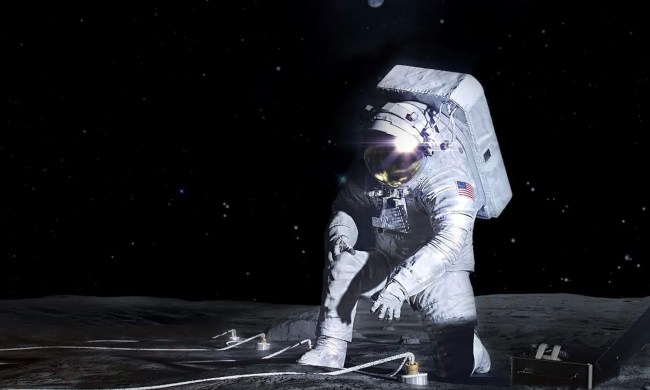It’s not just people who are sharing what they’re grateful for during Thanksgiving today — Mars rovers are, too.
In a post on X, NASA’s Curiosity rover, which landed on Mars in 2012, shared a message saying: “These stunning views of the Red Planet are a reminder of how vast and mysterious our universe is. What are you grateful for this Thanksgiving?”
Accompanying the post is a remarkably detailed view of the rover’s rocky surroundings on the distant planet.
These stunning views of the Red Planet are a reminder of how vast and mysterious our universe is…
What are you grateful for this #Thanksgiving? pic.twitter.com/sev9fq1Pzw
— Curiosity Rover (@MarsCuriosity) November 28, 2024
One of Curiosity’s many mission goals is to assess Mars’ habitability by determining whether the planet could once have supported microbial life. It’s also been working to characterize the martian climate and geology, and gather data that may be useful for future human exploration of Mars, which could begin in the coming decades.
Some of its notable achievements to date include the discovery of key life-supporting elements such as sulfur, nitrogen, hydrogen, and oxygen, suggesting that the planet could indeed have had environments that were able to support microbial life. NASA’s newer Mars rover, Perseverance, is following up by searching for signs of ancient microbial life itself, and has been making some interesting discoveries in that field.
Curiosity’s high-resolution cameras have also provided visual evidence of an ancient streambed, indicating that liquid water once flowed on the Martian surface.
But the ongoing work is taking its toll on the aging rover, with recent images showing very obvious damage to its middle-right wheel. Fortunately, the rover’s wheels — even in this sorry state — are robust enough to handle Mars’ rocky terrain.
Twelve years after its arrival, Curiosity is continuing to explore Mars’ Gale Crater and Mount Sharp, making discoveries and sending back breathtaking imagery. And for that, we’re all very grateful.


